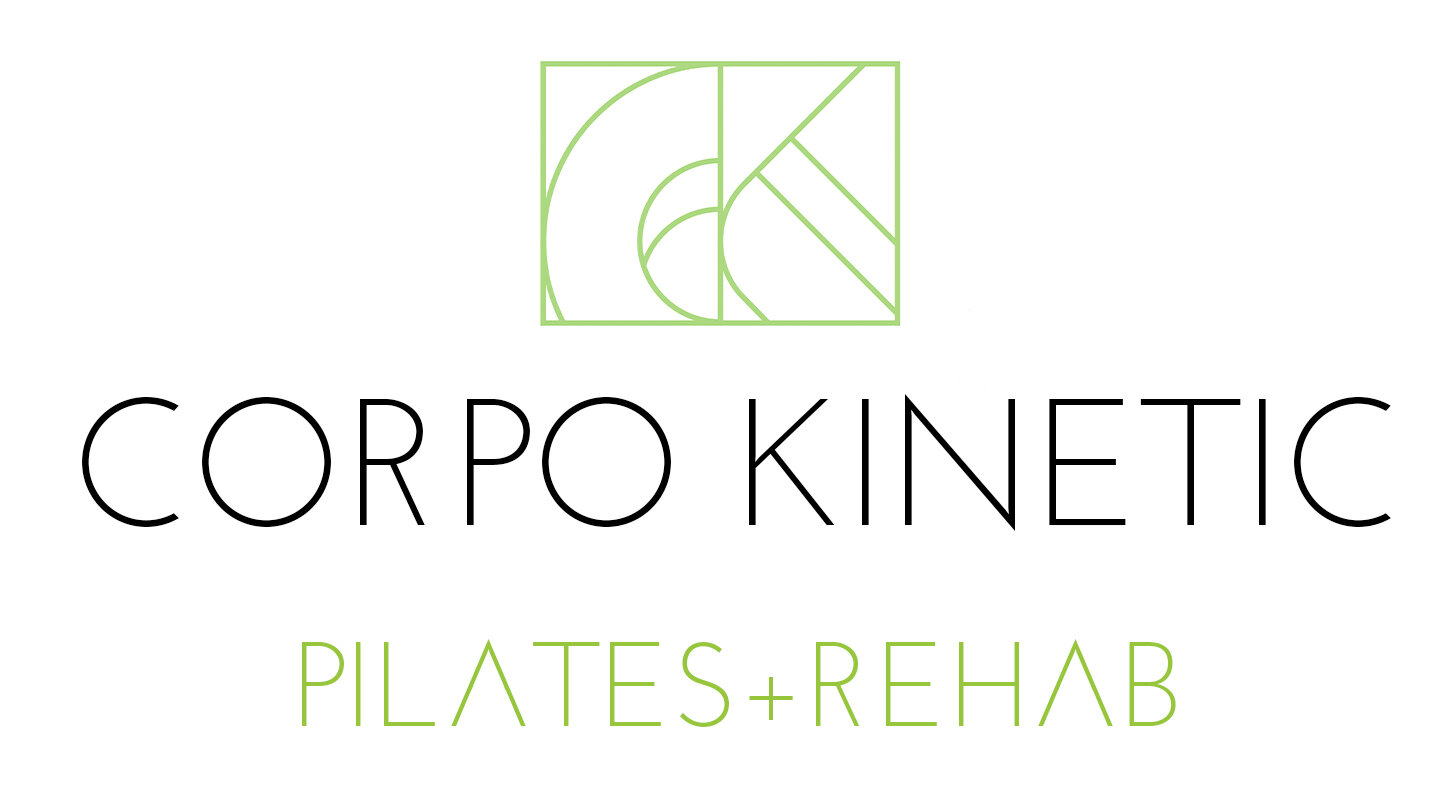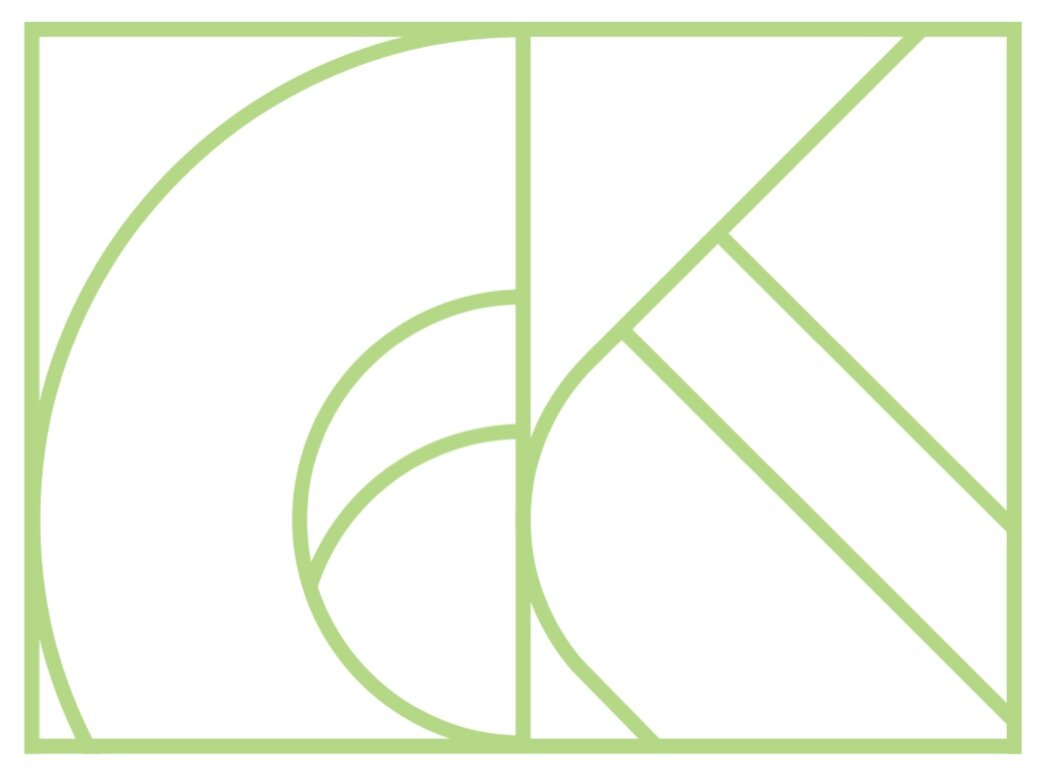Anatomy Moment: take time for your fascia
If you’re like many of us, you may have heard of fascia, but you may be somewhat confused about what exactly it is, or how myofascial release — as performed by a manual therapist or as a self-care technique with a foam roller or pinky ball — helps your body. This article, (as well as our classes and Self-Massage workshops), is meant for you.
Fascia’s family
Fascia is classified as a “connective tissue.” Connective tissue is a large, somewhat convoluted category which includes: bone, cartilage, ligaments, tendons, blood, lymph, fat, and fascia. One of the main roles of connective tissue is to provide physical support for the body, and the network of fascia is no exception.
What is fascia?
Fascia surrounds all structures in our body. It is a slippery material which reduces friction and permits easy movement.
For example, as you bend your arm, your bicep contracts, and as the muscle shortens it must glide easily across the underlying muscle and bone and the overlying skin. If we didn’t have fascia, as we moved our muscles would rub on bone, nerves, skin, and blood vessels. Think of an old track of carpet in the main passageway of the house which, after years and years of being walked on, has worn down to the threads. Fascia prevents friction from causing a similar phenomenon in our bodies.
What is an adhesion? If there is a problem in the fascial layers and they aren’t gliding properly, the fascia layers will adhere. While this does prevent friction, it can create problems down the line. Imagine pushing a shopping cart easily down the aisles – all four wheels spinning equally. Now imagine that one of the wheels is sticky and no longer gliding right. Instead of an effortless stroll, you’d be contorted and working unevenly to get that cart to roll in a straight line.
An adhesion is kind of like a “sticky wheel” inside the body. If one part isn’t moving due to an adhesion, other parts will be moving or working too much, and pain can develop. Some people feel pain around the adhesion or stuck area, and others feel pain around the part which is overworking.
What is myofascial release?
“Myo” stands for muscle, “fascial” is for fascia. A myofascial release addresses fascial adhesions and tight muscles, working to release areas of tension. Our rehab trainers use specific techniques to facilitate myofasical release where you need it the most, and may give you techniques to do at home using a foam roller or massage ball.
Ok, I have a foam roller and a pinky ball… Now: How often should I use it? For how long? When will I feel better?
Rolling doesn’t have to take long, and is actually more effective if you do it more frequently for shorter periods of time than less frequently for longer periods of time. Keep it simple. Aim for 5-10 minutes a day on the area you need it the most. While the length of recovery depends on many factors, I’ve seen significant improvement with rolling every day for only two weeks.
What should I roll? How do I roll _______?
Come join is in class and ask your instructor! Whenever possible, our instructors incorporate requests from clients into the class. We’re here to help!
Let’s Move!
Book a group class or private session to use what you’ve learned:




